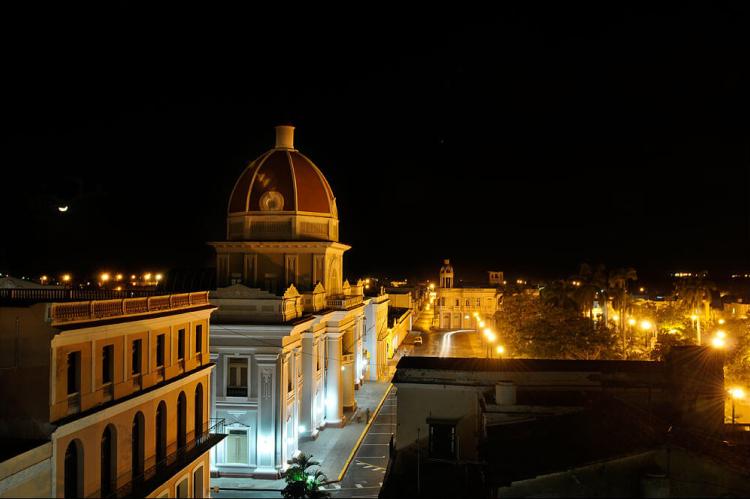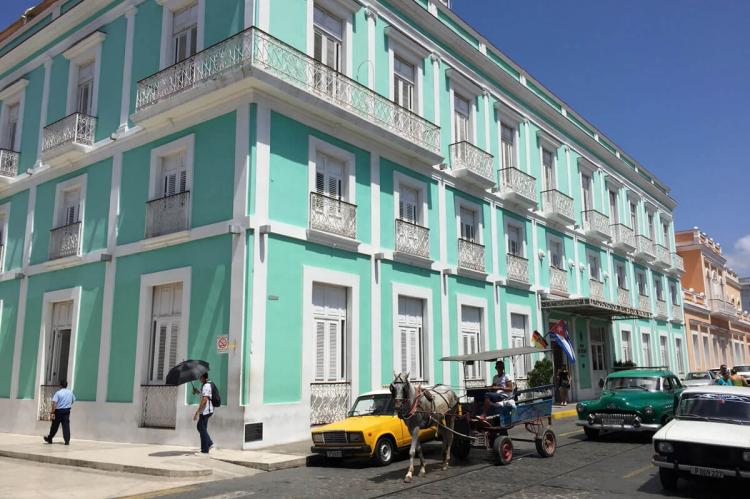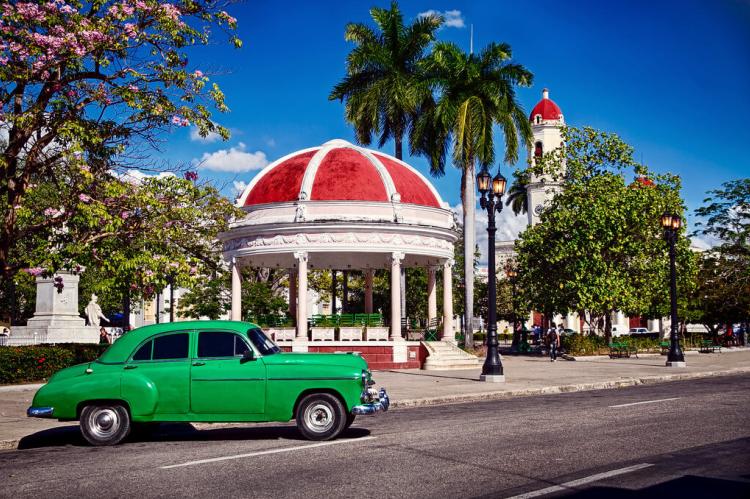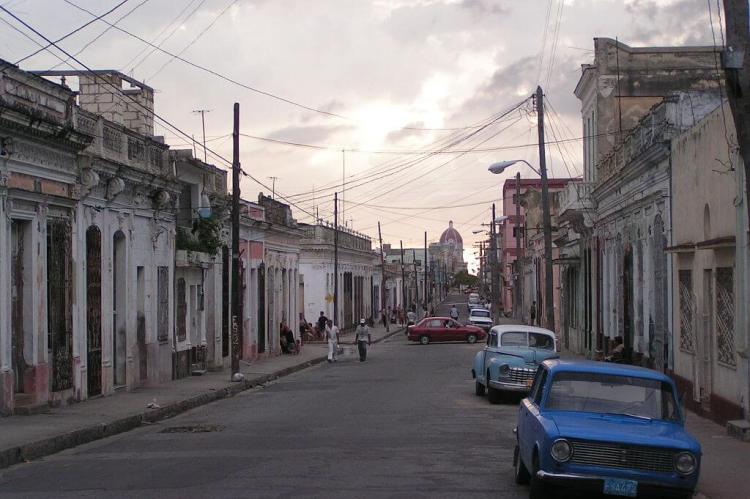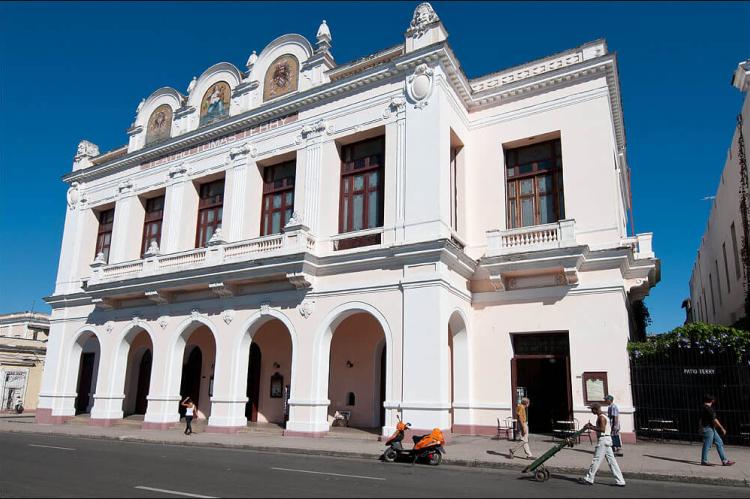City of Cienfuegos: Urban Historic Center (Cuba)
Nestled along the southern Caribbean coast of Cuba lies the vibrant city of Cienfuegos. This coastal gem has evolved from its colonial roots into a thriving industrial hub. The heart of Cienfuegos is its Urban Historic Center, which is recognized as a UNESCO World Heritage Site.
City of Cienfuegos
Nestled along the southern coast of Cuba, approximately 250 kilometers (155 miles) from Havana, lies the vibrant city of Cienfuegos. With a population of about 150,000, this coastal gem has evolved from its colonial roots to become a thriving industrial hub, particularly in the energy and sugar sectors. Affectionately known as "La Perla del Sur" or "The Pearl of the South," Cienfuegos boasts a rich history and cultural heritage that culminates in its UNESCO-designated Urban Historic Center.
Cienfuegos owes its name to José Cienfuegos, Captain General of Cuba from 1816 to 1819. Since the late 1960s, the city has burgeoned into one of Cuba's vital industrial centers, notably energy and sugar production. This transformation has not diminished Cienfuegos' historical charm but added layers to its narrative, blending the old with the new.
Urban Historic Center
The heart of Cienfuegos is its Urban Historic Center, which is recognized as a UNESCO World Heritage Site. Encompassing 70 hectares (173 acres) and surrounded by a 105-hectare (260-acre) buffer zone along the port's eastern side, this historic area encapsulates the city's architectural splendors and cultural significance.
Established in 1819 along the coast of the Caribbean Sea in southern Cuba, Cienfuegos drew its first settlers from Spanish territory, many of whom were of French origin, hailing from Bordeaux and French colonies like Louisiana. The city quickly flourished due to its surrounding fertile fields and strategic location on the trade route between Jamaica and important South American cities.
The Urban Historic Center boasts a remarkable collection of architectural gems. The downtown area showcases six buildings from 1819-1850, 327 from 1851-1900, and a staggering 1188 buildings from the 20th century. What sets Cienfuegos apart is its unparalleled cluster of Neoclassical structures, making it a unique destination in the Caribbean.
During the 19th-century sugar boom, Cienfuegos emerged as Cuba's third most economically significant city by the 1860s. Its prosperity is mirrored in the eclectic yet harmonious architecture that defines the historic colonial town. Notable structures such as the Government Palace, San Lorenzo School, the Bishopric, the Ferrer Palace, and the former lyceum reflect the city's economic and cultural prominence.
The original center of Cienfuegos, laid out in a grid plan with geometric regularity, exemplifies modern urbanism in Spanish America. Influenced by the Spanish Enlightenment, the town prioritized socio-economic and cultural trends, focusing on urban order, public spaces, and hygiene requirements for natural light and ventilation. The planning centered around Parque José Martí, housing the church and key government buildings.
Within the designated area, visitors encounter architectural treasures such as the Santa Iglesia Catedral de la Purísima Concepción (Holy Church Pure Concepción Cathedral), the Tomás Terry Theater, the Spanish Casino, the Palatino Tavern, House Lions, "The Union" Hotel, and the Customs Building. Each structure reflects the city's evolution and cultural amalgamation.
Buildings from the early 20th century in the Urban Historic Center showcase an eclectic design that maintains proportion, construction materials, and stylistic features. Residential buildings exhibit one or two stories in height, plain facades, and elegant wrought and cast ironwork in grills, railings, and fences, contributing to the overall harmonious townscape.
With its UNESCO-designated Urban Historic Center, Cienfuegos is a testament to the city's rich historical tapestry and architectural prowess. From its colonial roots and economic boom to its modern industrial significance, Cienfuegos remains a captivating destination.
